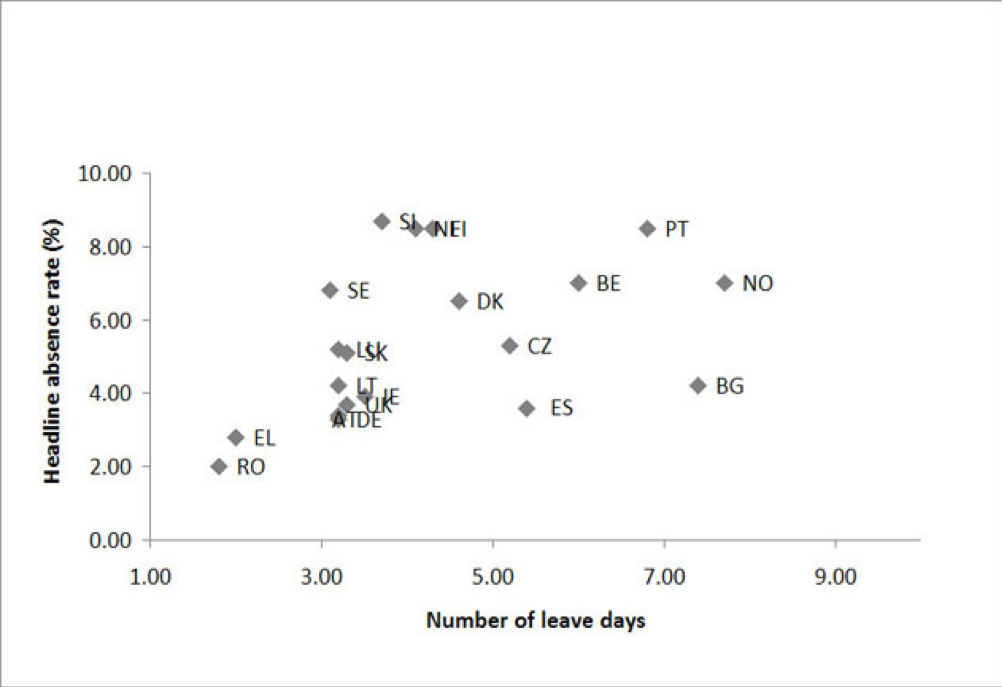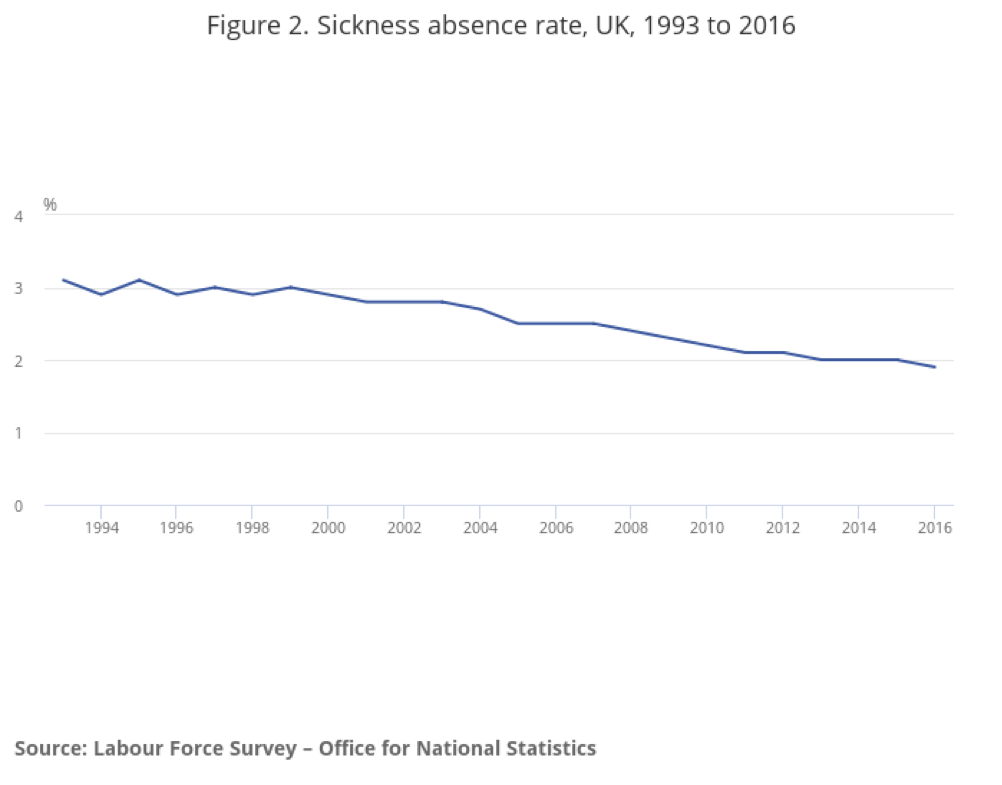
By Johannes Verwijnen, CTO at Aino Health
1. Intro
The AI craze has gone to the point where just about any industry will boast how their new AI-based systems will bolster productivity and services.
As I’ve been involved with AI for almost all of my academic life these announcements peaked my interest when they started arriving. One after the other the announcements have failed my expectations, revealing the advancements to be exactly the same kind of analytics advanced organisations have been doing for the past 20 years, to the point that I don’t read them anymore. You can imagine my reaction to our marketing department when they contacted me about writing this blog post.
But then again, if what we’ve been doing for the past 20 years nowadays flies as an AI-based system, maybe I should tell interested parties about it?
2. Absence statistics
Absence statistics sound easy, right? Just add up the number of absence days and compare them to the total days of work and you get an absence rate. Or wait. What about the part-time employees? They shouldn’t have as much weight as full-time ones, right? Ok, so just use hours instead. But what are the total hours of work? Is overtime included?
Which period does an absence belong to if it goes past the end of a period onto the next one? What happens if you want to track absences by their length (there is a significant difference between short and long absence patterns)? Is a Friday absence followed by a Monday absence after a free weekend two single-day absences, a two-day absence (two consecutive work days) or a four-day absence (four calendar days between start and end)? And remember this when calculating costs, so that you don’t accidentally add up costs for the weekend days.
So it’s tricky. Pretty much all of our customers have a different way of calculating their absences and this makes comparing their absence rate to historical data hard. This is why we always calculate the absence data from the raw data, including any available history.
We live from reducing absence rates. Unfortunately (or maybe fortunately?) all absence cannot be reduced and the variation in this rate is quite significant. See Figure 1 for the differences between 22 European countries in 2005 (Parent-Thirion et al., 2007) and Figure 2 for the change in absence rate in the UK 1993-2016 (Comer, 2017).

Figure 1. Absence rate and self-reported leave days
 Figure 2.
Figure 2.
3. Predictive statistics
Just acting on historical absence statistics is already going to create significant savings for employees. As long as a proper process is in place and the most important root causes are addressed, an absence rate of under 4 % in Finland is entirely within reach. Then we can start to look into the future.
As long as we have historical data we can predict future events. Some of the variables absences follow are calendar-based (think cold season or the day following a national holiday) and others are geographical (a flu wave moving cross-country).
Based on historical knowledge of the effect of these variables we can predict the expected absence probability for each employee separately, combining them to a predicted absence rate for a day in the future. Naturally if the day is very close by we can add knowledge of current absences to the prediction.
Another thing we can work on is estimate future health-related costs for employees based on health screenings. We can estimate risk for type 2 diabetes using quite a simple questionnaire and then estimate how the condition would affect future absences and health costs. Multiplying the probability of the condition by the costs gives an estimate of future costs for the company and may influence the decision to take action to lower said risk. Also for example investments in ergonomic work conditions can be justified using a calculation similar to above.
4. Conclusion
So as it seems, we’re doing AI over at Aino Health! Please note that the above-mentioned absence statistics are a standard feature in our HealthManager platform. In case you’re interested in more predictive statistics and are an existing HealthManager customer, please contact our sales or consulting team for a workshop on how we can help your case.
Feel free to contact me with your thought or ideas regarding the topic. I’m always up for a discussion related to absence management and AI!
5. References
Comer, M., Sickness absence in the labour market: 2016, Office for National Statistics, 2017
Parent-Thirion, A., Fernández Macías, E., Hurley, J. and Vermeylen, G., Eurofound, Fourth European Working Conditions Survey, Luxembourg, Publications Office of the European Union, 2007
By Johannes Verwijnen, CTO at Aino Health
Johannes Verwijnen has joined Aino Health Management in September 2016. Johannes has been involved in machine learning and data analytics for the past ten years working as VP of Engineering for Xtract Ltd and Principal Research Scientist at Ekahau, Inc. He has been involved with leading software development for both small and large companies for the previous ten years. Johannes also does part-time teaching in Algorithms and Machine Learning at the Department of Computer Science of the University of Helsinki.
